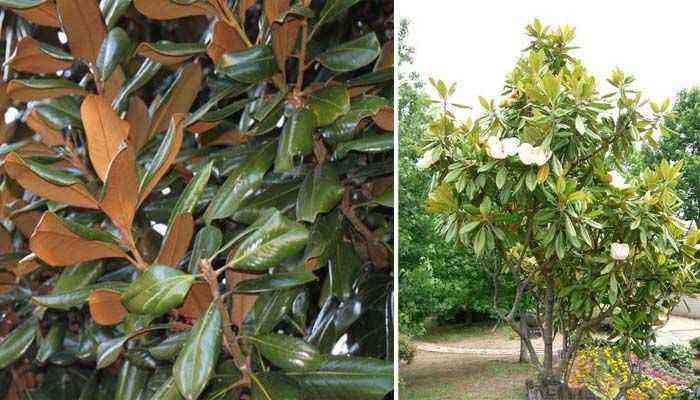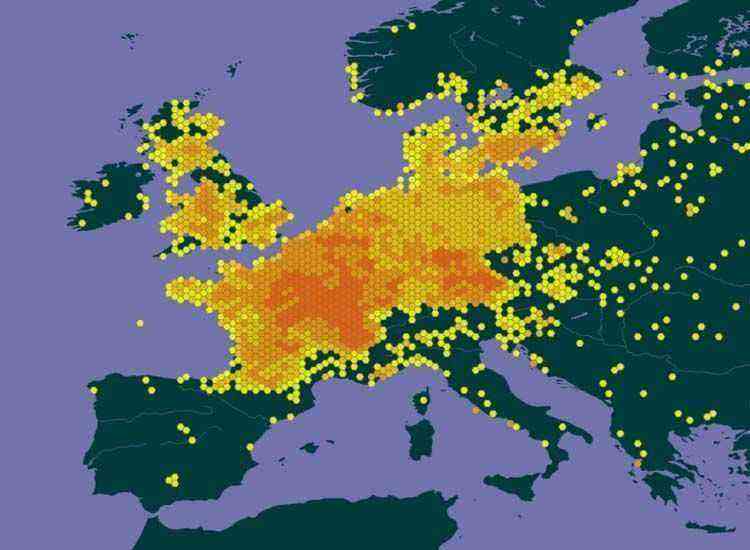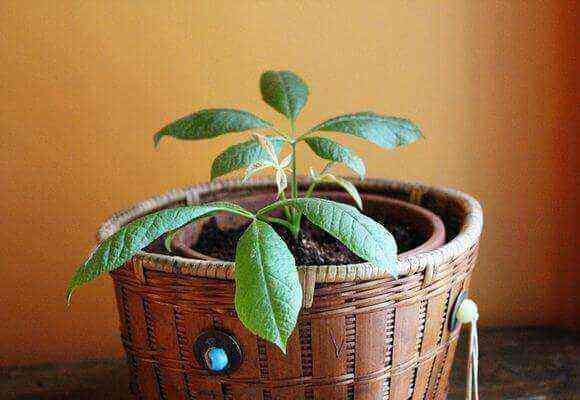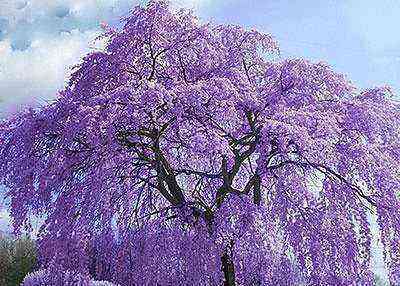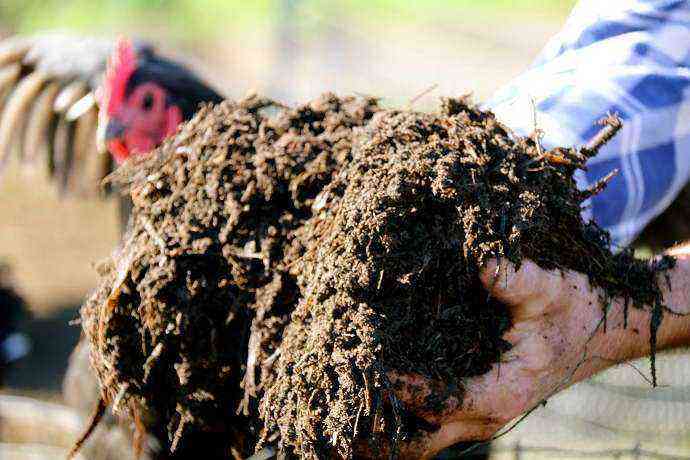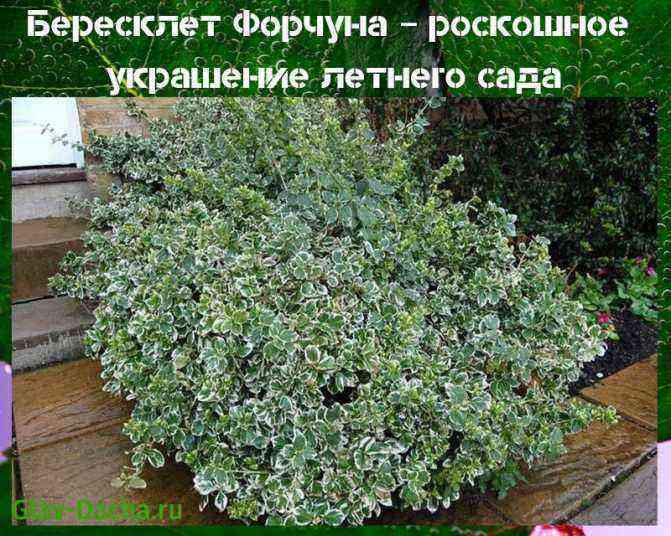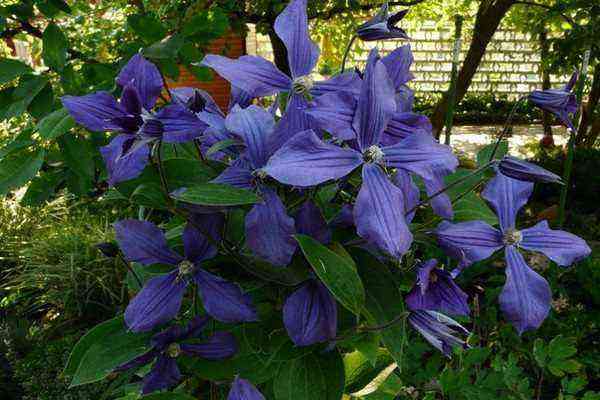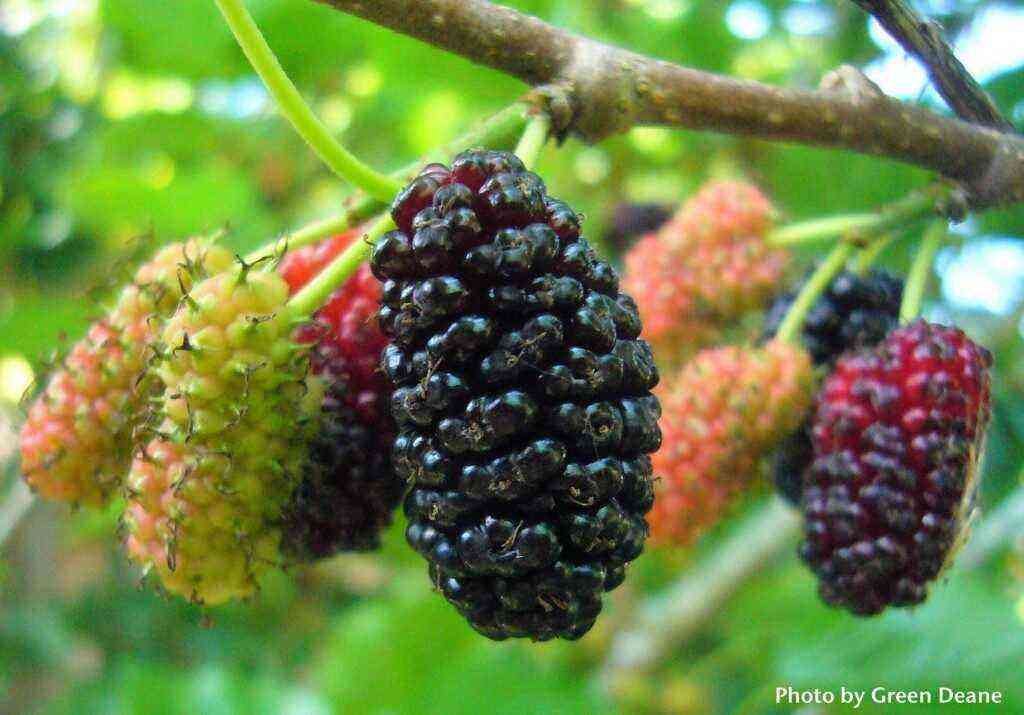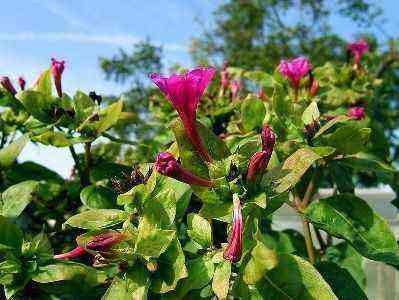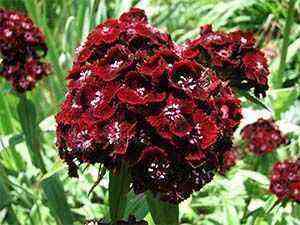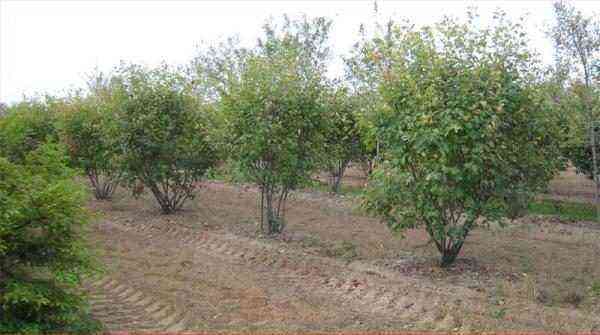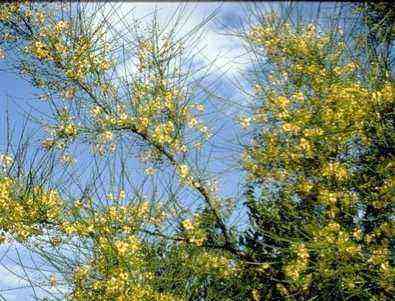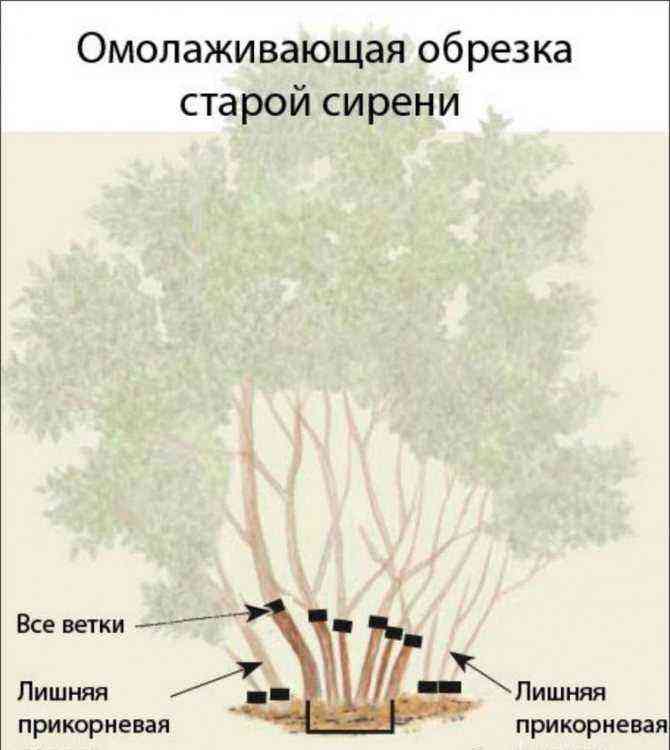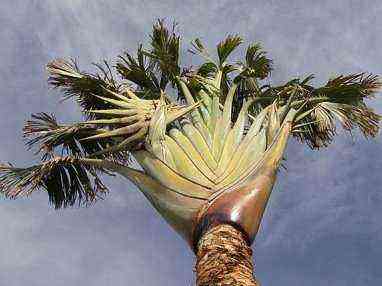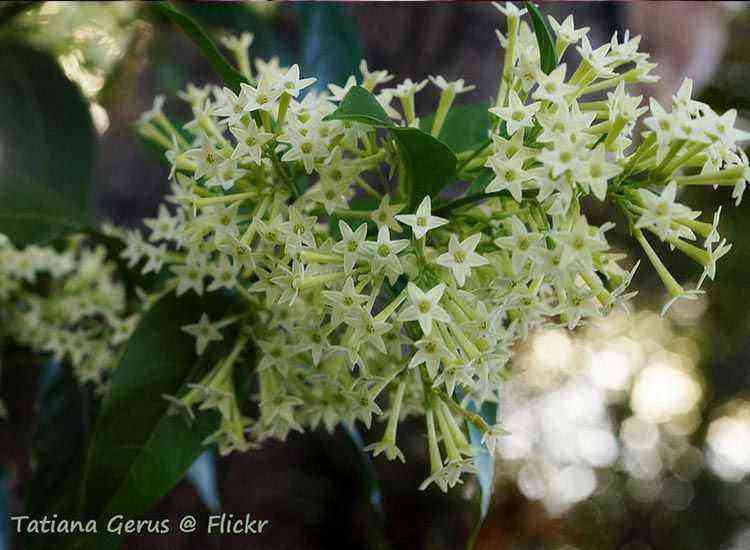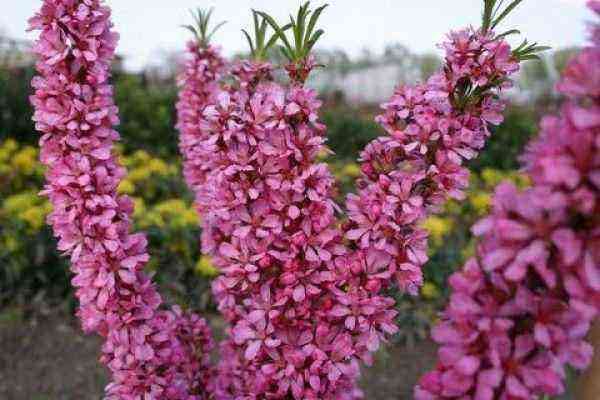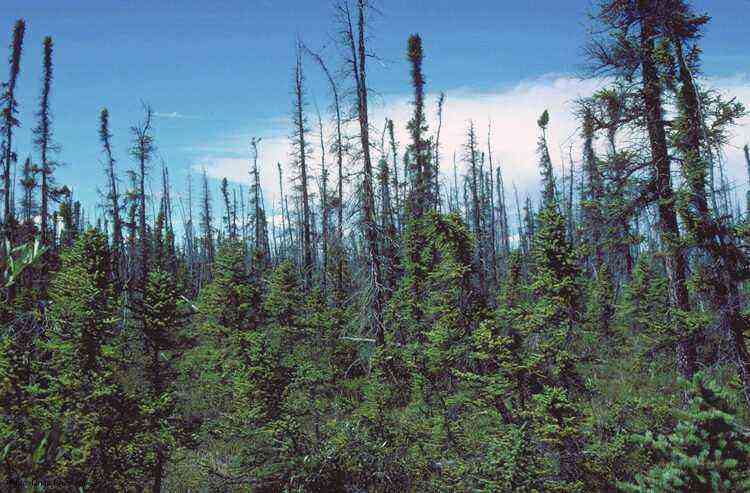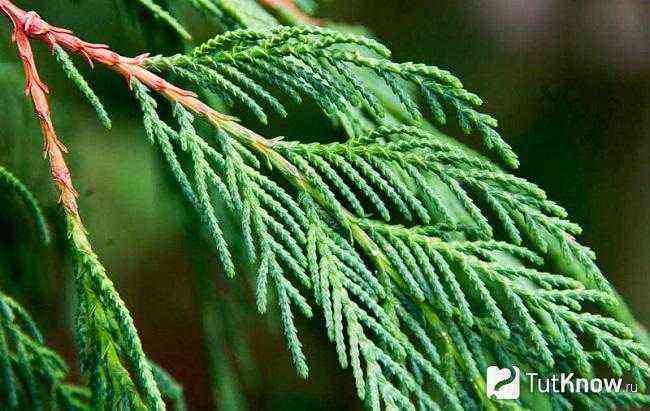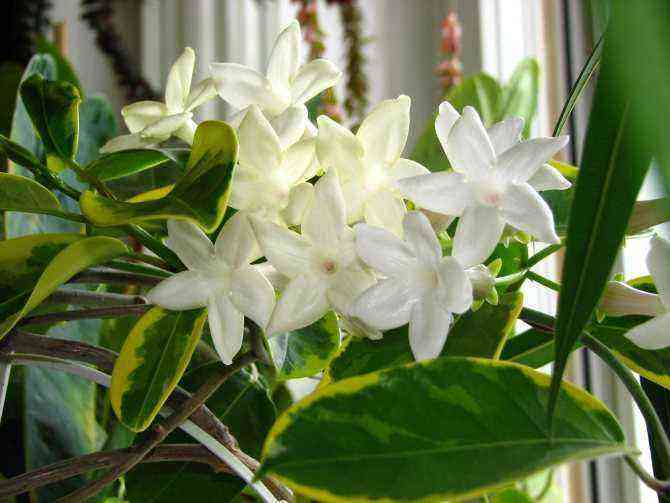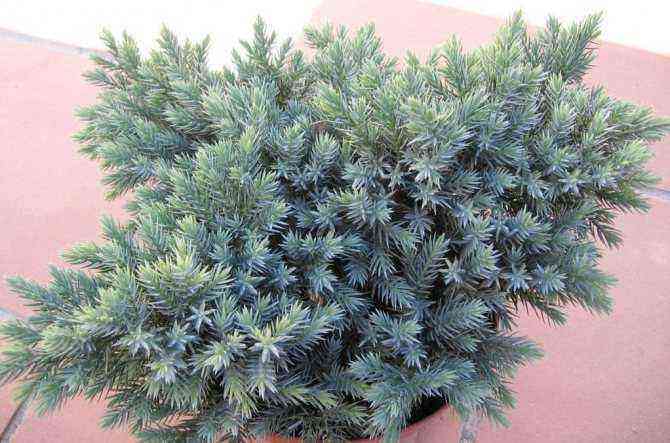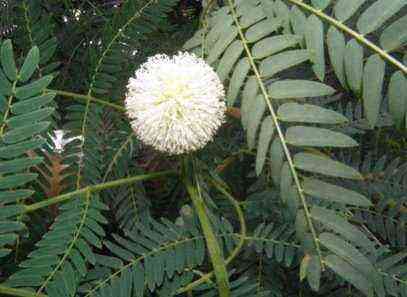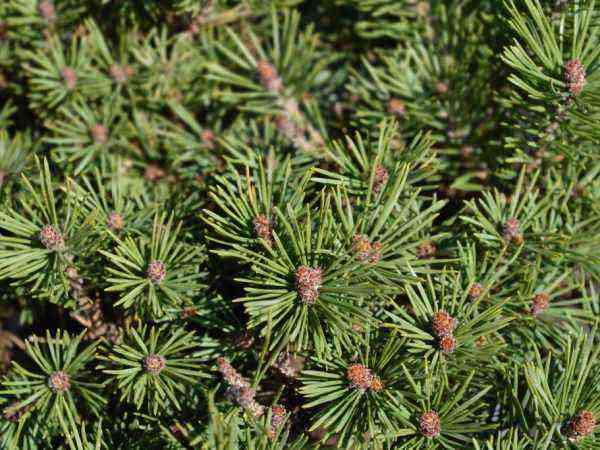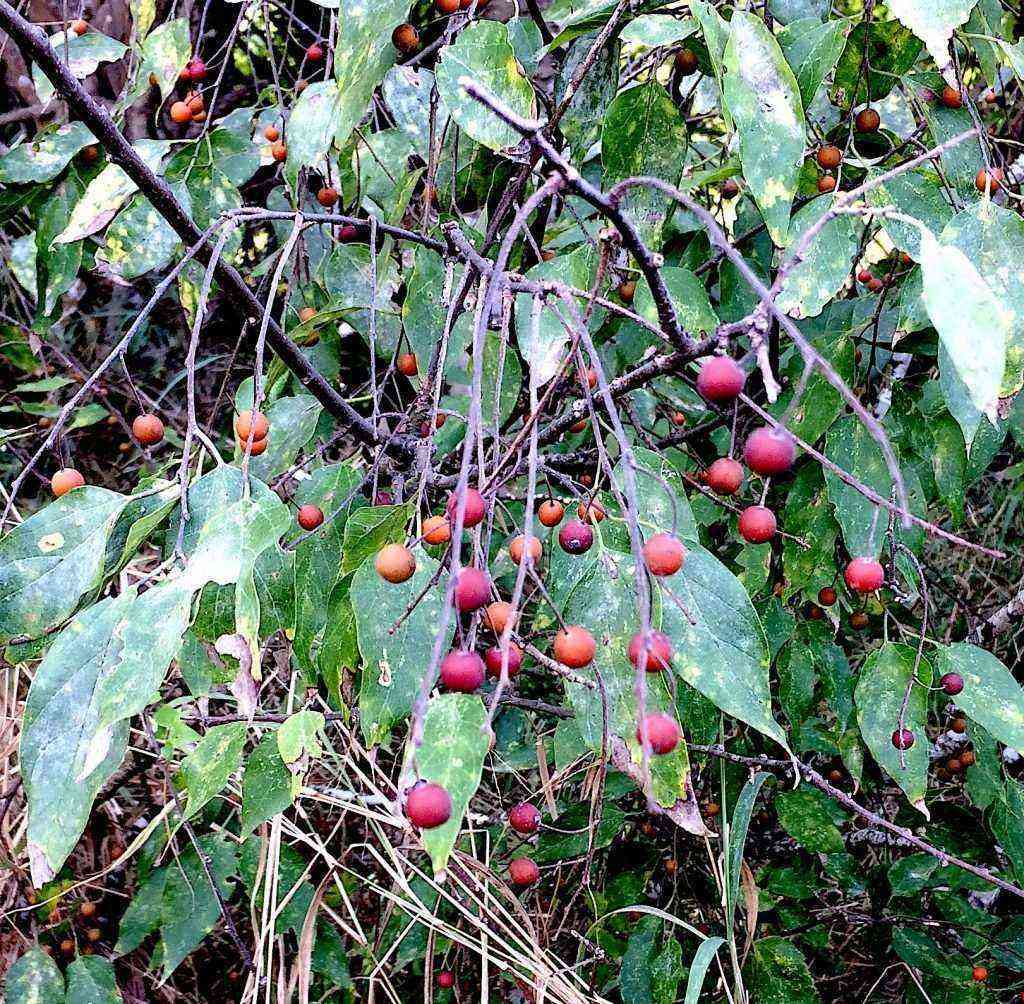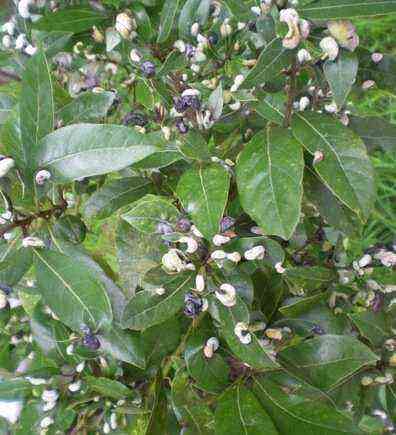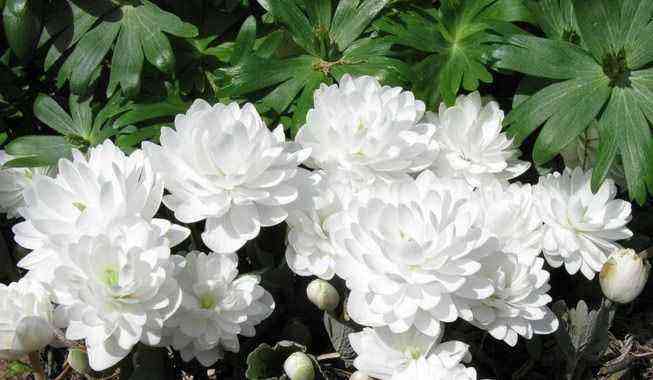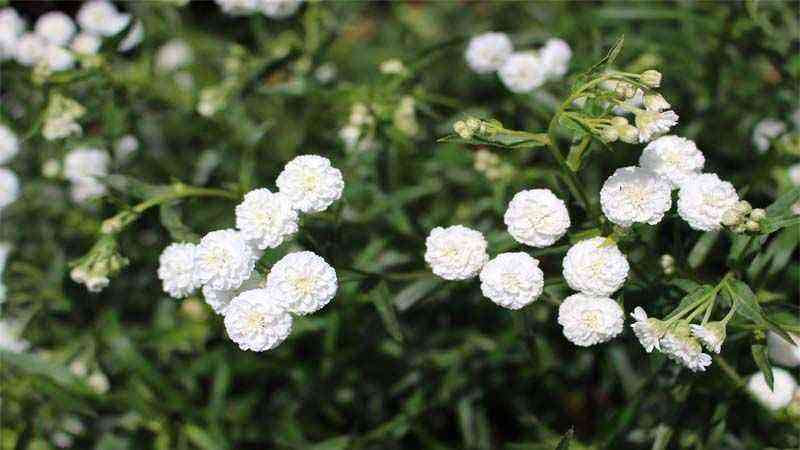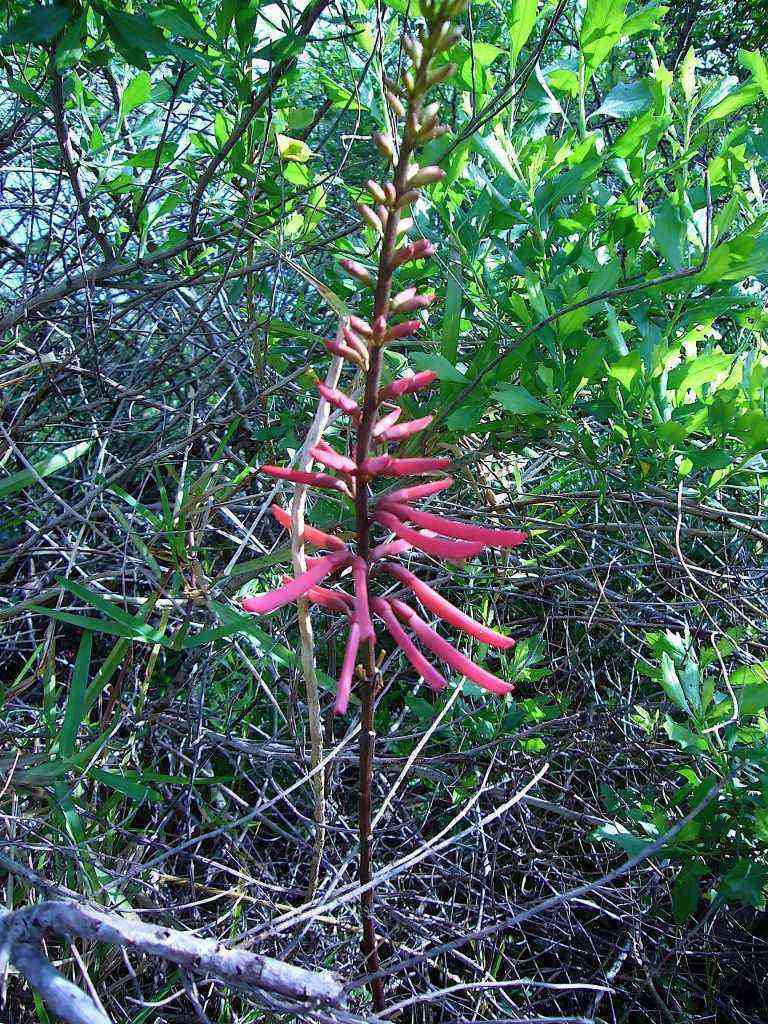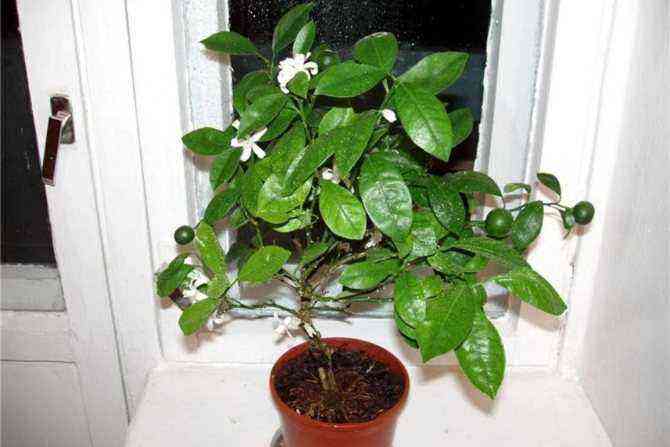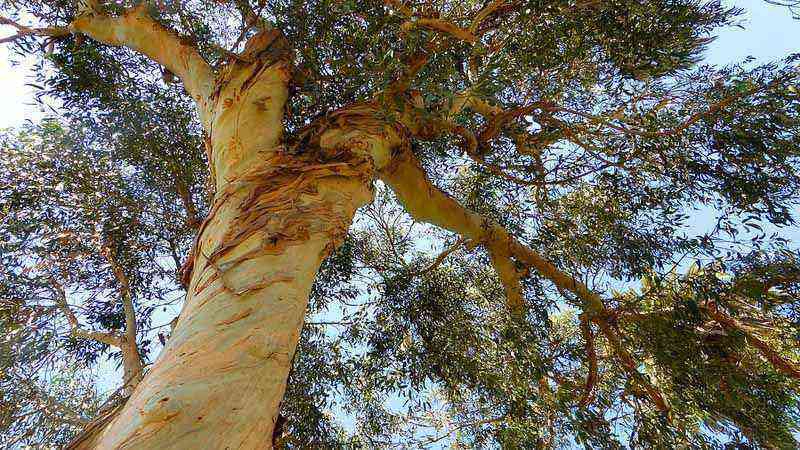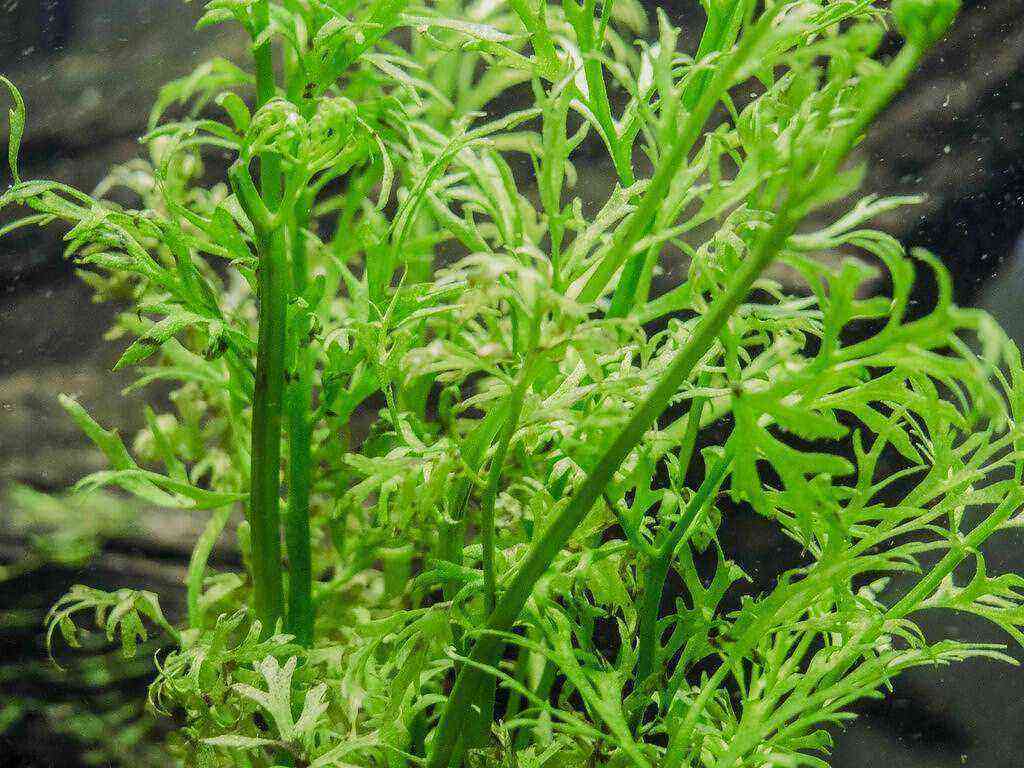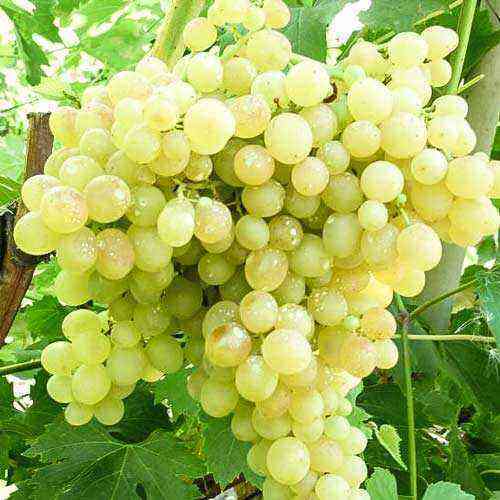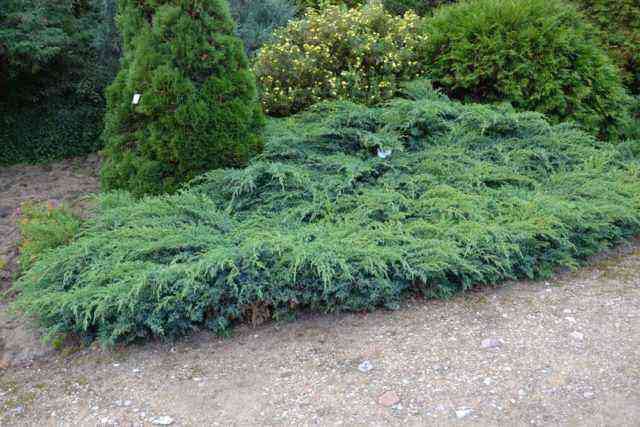El cinnamon It is a beautiful tree native to Southeast Asia, whose scientific name is Melia azedarach and belongs to the family of Meliaceae. Thanks to its wide crown, sometimes in the shape of an umbrella, it is a species that was already planted in Spain in the XNUMXth century, near wells and ferris wheels so that people could enjoy its shade in summer.
Naturalized in much of the planet, it is highly appreciated as ornamental tree for its beautiful flowering and we can find it adorning streets and squares in many cities.
If you want to get to know this beautiful tree a little better to enjoy it in your garden, here we will tell you what you need to know about its cultivation and its care.
Characteristics of cinnamon
Melia azedarach is a medium-sized deciduous tree and rapid growth that can reach a height of about 15 meters. Its rounded crown has a diameter of between 4 and 6 meters, giving a pleasant and cool shade in the place where it is located.
Trunk and leaves
The trunk of cinnamon is generally short and covered by a dark gray bark which is smooth in the youngest specimens and striated in the more mature ones.
Its branches grow assembling a beautiful structure that forms the crown, leafy and light, full of compound leaves. These leaves are formed by several leaflets (small leaves that form the compound ones) of dark green color on the upper side and lighter and brighter green on the underside. Its shape is oval and with serrated margins.
Cinnamon flowers
A mid spring The flowering of cinnamon begins, which literally fills with panicles (cluster-shaped inflorescences) made up of small flowers with five long pale lilac petals, and among which is the purple tube that contains the stamens inside .
The cinnamon flowers they give off un pleasant aroma that perfumes the environment and is very attractive to insects, which facilitates pollination.
Fruit
If there is something peculiar about cinnamon, it is its abundant fruits, which grow in showy clusters and remain on the branches for a long time after the leaves have fallen in autumn. These fruits remain on the tree even when the leaves have fallen during the fall, being easy to see in winter, with the tree completely bare, and with the clusters still hanging intact.
Its fruits are composed of little drupes (simple and fleshy fruit containing a woody endocarp) one centimeter in diameter and rounded in shape. They are green when hatched and pale yellow when ripe. Inside harbor a single seed.
They serve as food for birds. However, they are poisonous to mammals, including humans, since contain harmful neurotoxins for the body. Ingested in quantity, they can cause serious gastric problems and even cardiorespiratory arrest.
Main care of cinnamon
Climatic characteristics
Despite being delicate in appearance, cinnamon is a very undemanding tree, as long as we place it outside in full sun or in semi shade. Is very rustic and quite resistantIt supports intense heat and low temperatures down to -10 ° C well, although it must be placed somewhat sheltered from the strong wind, since its branches are fragile and can break easily.
With few and simple cares we will be able to enjoy its flowers and its shade in our garden for a long time.
Recommended land for Melia azedarach
Cinnamon does not have problems adapting to any type of soil, even the most arid and dry, but if we place it in a place with a fresh, fertile soil with good drainage, it will progress more quickly.
Irrigation recommendations
Melia azedarach es Very resistant to drought, being able to prosper only with the water of the rain. However, during its first year of life it is convenient to water once a week in the hottest months, so that it develops its maximum growth and splendor.
The most common way to incorporate water is through a drip irrigation system. For an adult specimen, it will be sufficient to place 1 or 2 droppers on the dropper branch.
An irrigation plan can be the following, depending on the time of year:
- Irrigation in spring and summer: 2 to 3 irrigations per week, with an average irrigation time of 50-60 minutes.
- Irrigation in autumn and winter: 1 watering a week or, in humid conditions, every 10-12 days, with a watering time of 30-40 min.
Recommended fertilizers
As we have already mentioned, cinnamon is a tree that can thrive in less fertile land, so it does not need compost. However, grown in our garden and looking for the best development and prosperity, we can use organic fertilizers provided in spring, as well as granulated NPK fertilizers.
Plagues and diseases
Cinnamon has a high resistance to pests or diseasesThe only thing that could cause you a problem is the mealybug, which is easily solved using a specific insecticide.
Multiplication
It is very easy to get a new piece of cinnamon from its seeds. They do not need any previous treatment, we only have to remove the fleshy part of the fruit and plant the seed in a pot with some universal substrate during spring, in about 7 or 10 days it will have germinated.
When we see that the roots already fill the seedbed completely, it will be time to transplant it to a larger pot or directly to its final location.
Curiosities and uses of cinnamon
Melia azedarach It is popularly known as cinnamon, but this is only one of its common names. Depending on the area, it is also known as agriaz, canelo, lila o piocha, but the most curious common name is? holy tree? in Spanish and “albero dei paternostri” or “albero dei rosari” in Italian.
Why? Well, because its hard seeds have small natural holes at their ends that facilitate their drilling to make them serve as beads in the making of rosaries.
Its wood is quite beautiful, grained in tones that go from light brown to dark red and that also resists moisture well, so in construction it is used to place it in places that must withstand water.
Formerly with the leaves of cinnamon they made dyes that were used to dye fabrics and also to fortify and dye hair. The dried and ground seeds are used as an insecticide and repellent for lice.


